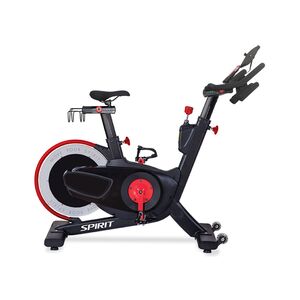Let’s Talk About Muscles!
Do you know how many muscles we actually have? The human body has over 600 muscles that represent around 40% of our body weight.
Our body contains three different types of muscles :
Skeletal muscles, that we control voluntarily through our central nervous system. These muscles are used for movement.
Smooth muscles, controlled by the autonomic nervous system, therefore controlled involuntarily. They are present in the walls of several organs such as the bronchi, the intestines, the gall bladder, etc.
Cardiac muscle, that has its own contractions system.
Skeletal muscles are made up of 2 types of fibers:
“Slow” fibers, referred to as type I or “red”. These fibers are thin, ensure endurance and are used in activities such as walking, long-distance running and cycling.
“Quick” fibers, referred to as type II or “white”. These fibers are thicker, they produce more power in short impulses, but are more sensitive to fatigue. These fibers are used in the development of muscle volume or when a huge effort is required over a short time, for example, a sprint.
What are the actions of muscles?
Skeletal muscles involve 8 different actions, named as follows:
Flexor muscles (responsible for flexion) ;
Extensor muscles (responsible for extension) ;
Pronator muscles (allow internal rotation) ;
Supinator muscles(allow external rotation) ;
Adduction muscles (move a limb closer to the body) ;
Abduction muscles (move a limb farther away from the body) ;
Rotator muscles (allow rotation of the parts to which they are attached) ;
Sphincter (responsible for opening or closing a natural orifice) ;
Muscle coordination, for example, flexing a biceps while extending a triceps, is automatically controlled by the central nervous system.
What do muscles need to work properly?
The sources of energy that muscles need are divided up as follows:
Glucidic intake of 60% to 70%; namely, carbohydrates. These are used by the body during high- intensity effort.
Lipidic intake of 20% to 25%; namely fatty acids. These are used during a longer, less intense effort.
Proteid intake of 12% to 15%; namely, amino acids and proteins. They become a source of energy when glycogen is depleted during a prolonged effort.
Did you know that all muscular effort requires a period of rest long enough to ensure metabolic regeneration? Without rest, our metabolism produces lactic acid, which causes those famous cramps!



